When Pokemon cards were first introduced, there were essentially 4 levels of rarity:
In addition to the card's base rarity, holographic variants of the cards were less common and therefore more valuable. Other factors such as print edition also served to impact a cards value today.
Each of these additional pieces of information should be viewed as multipliers on a card's base value. For example:
Cards Initial Rarity x Print Edition Multiplier x Holographic Multiplier = Final Card ValueWith the release of Scarlet and Violet sets in the modern era, there are essentially 8 rarities to consider.
The first three rarities remain the same, with those elements largely considered bulk and have very little monetary value.
The remaining rarities can be a bit difficult to understand so we will break those down for you below.
Double Rare cards are the first cards that most collecters will count as a hit. These cards are marked by a pair of black stars.
These cards are generally more powerful than standard cards and have special implications in scoring when playing the TCG game.
It is important to note that there are special EX and V cards that fall into higher rarity buckets. Generally, if your EX or V card still frames the Pokemon art in a rectangle above the move descriptions, it will fall into this Double Rare category.
Double Rare Examples
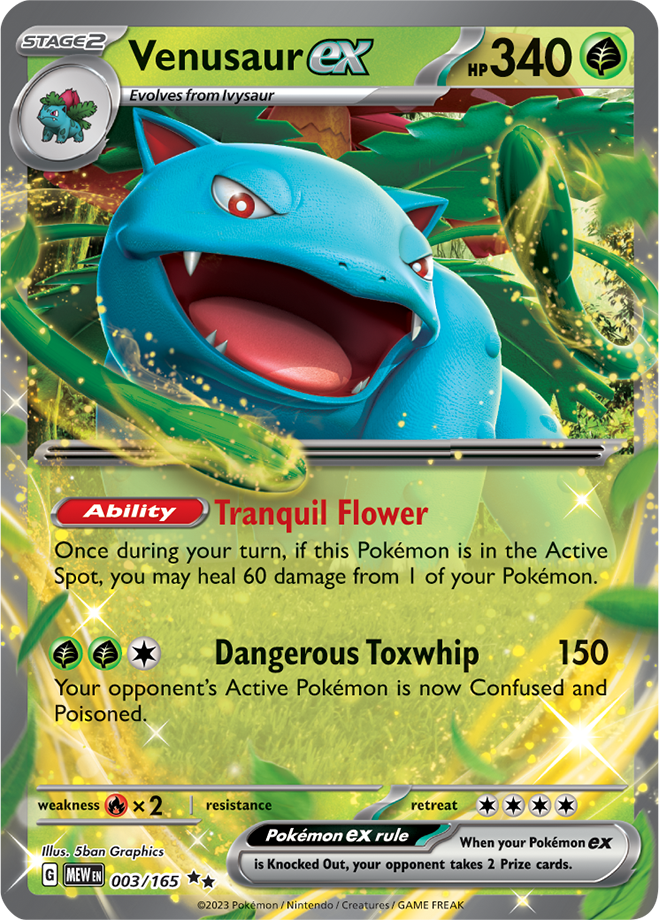
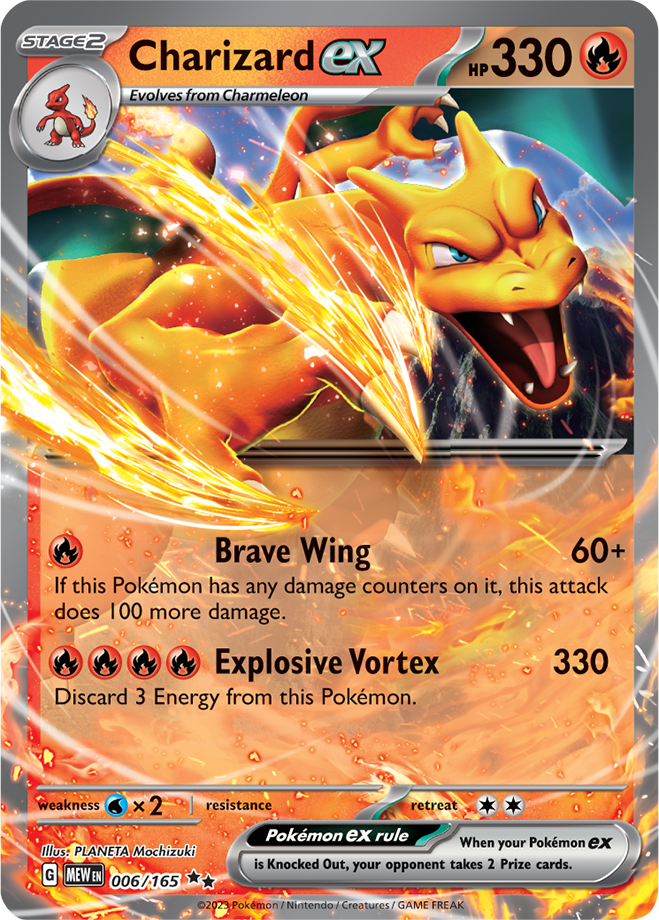
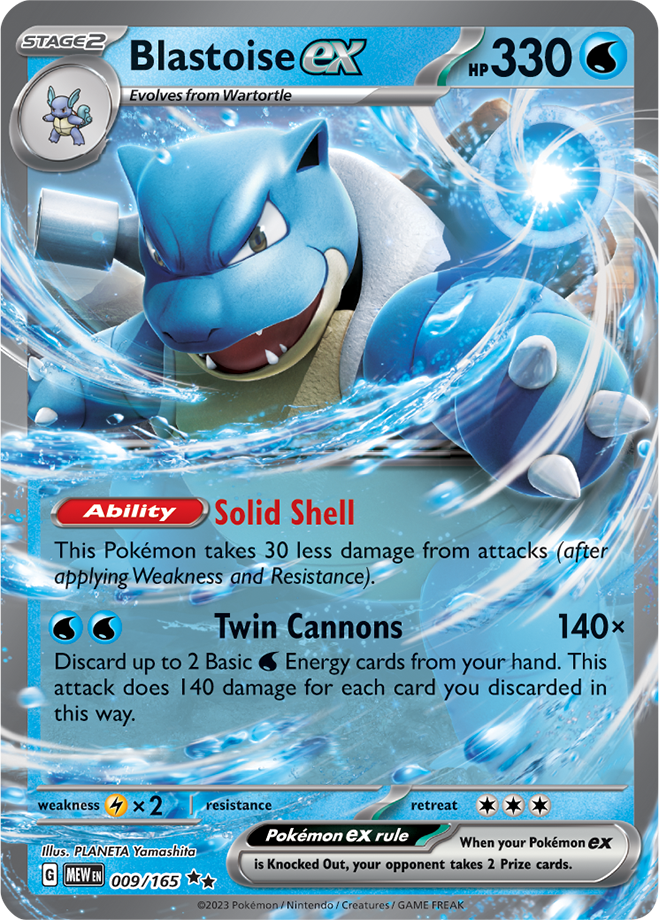
Ultra Rare
Ultra Rare cards are the first rarity where we start to use the term "full art". The art for these cards expands beyond the typical rectangle boundary you see on lower rarity cards. Ultra Rare cards are marked with two silver stars.
These cards generally fall into two categories:
- Alternate EX Art Styles
- Full Art Trainer Cards
These cards can start to generate some real value for collectors. However, this value is heavily subjective, impacted by the feelings the fan base has around the depicted Pokemon or Trainer. You can think about this as yet another value multiplier factor:
Base Card Value Due to Rarity x Popularity of Character = Total Card Value
Ultra Rare Examples
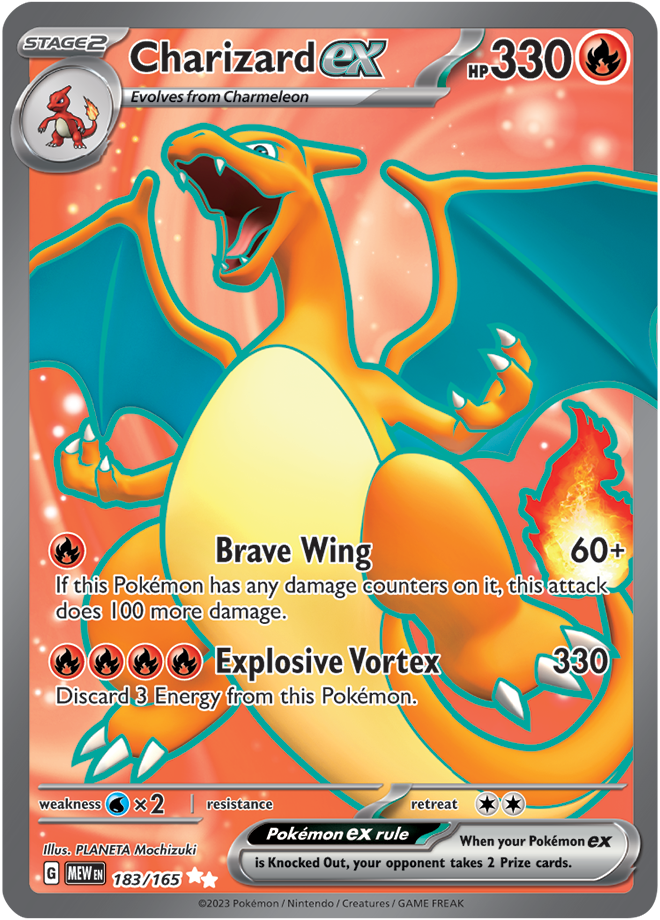
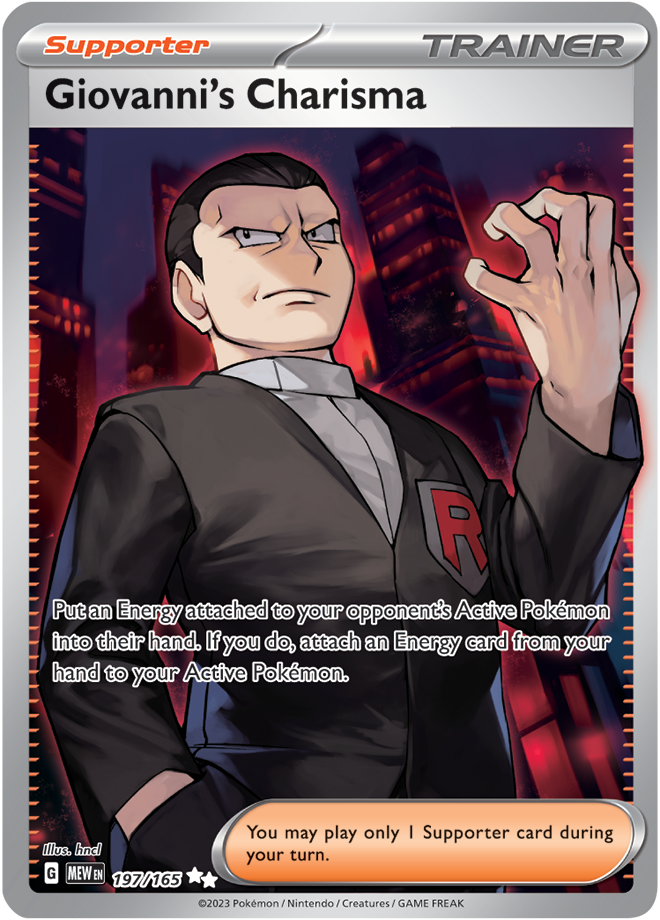
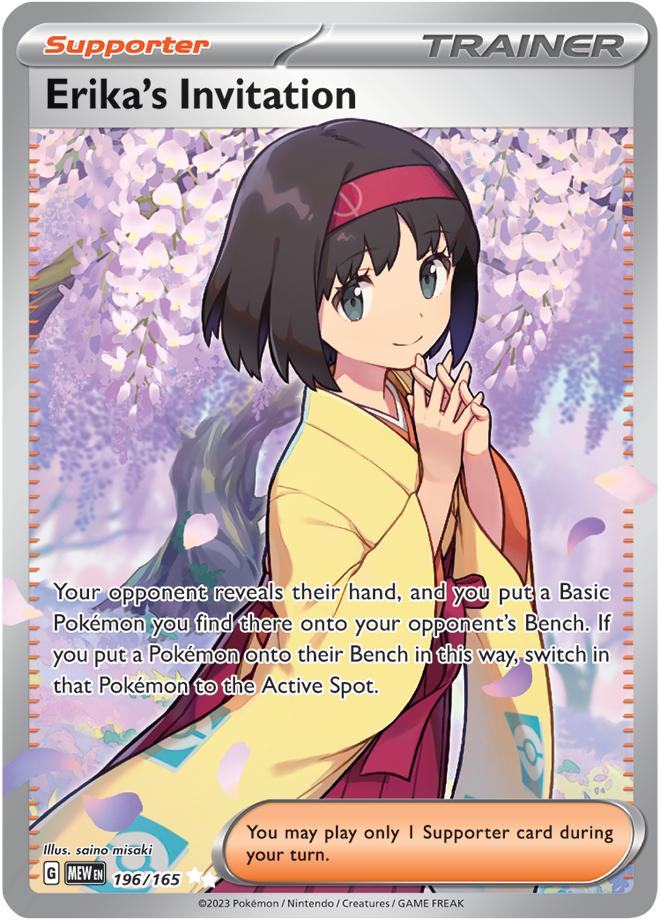
Illustration Rare
Illustration Rare cards are marked by a single gold star and begin to mark the real chase cards of a Pokemon set.
Illustration Rare cards are full art variants of other standard Pokemon cards in the set. These will not include EX cards or trainers and are generally less powerful cards.
These cards can start to be very valuable, depending on the Pokemon depicted. Again, popularity has a major impact on the card value. Starter Pokemon from various regions are often highly valued.
Illustration Rare Examples
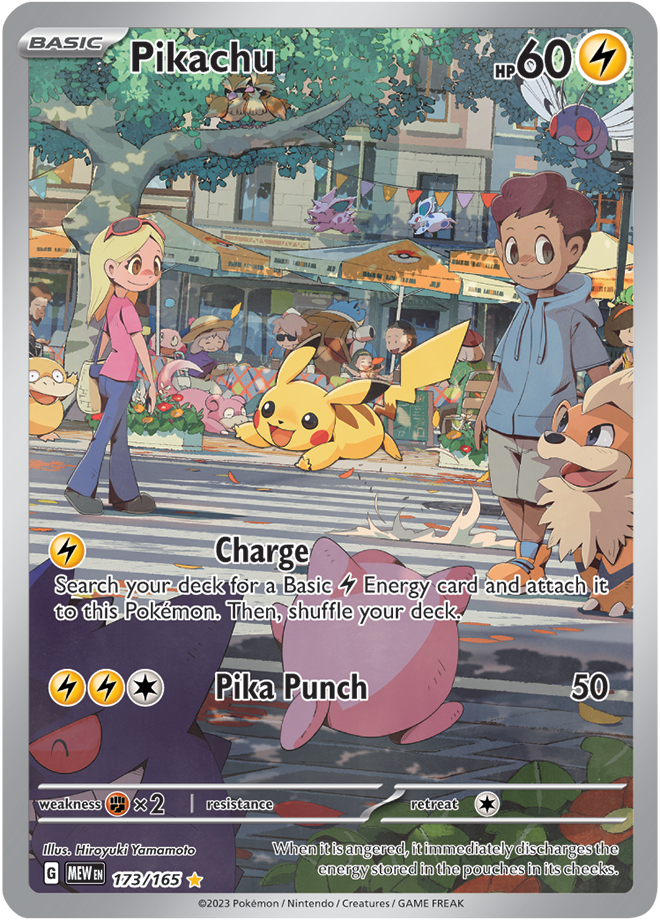
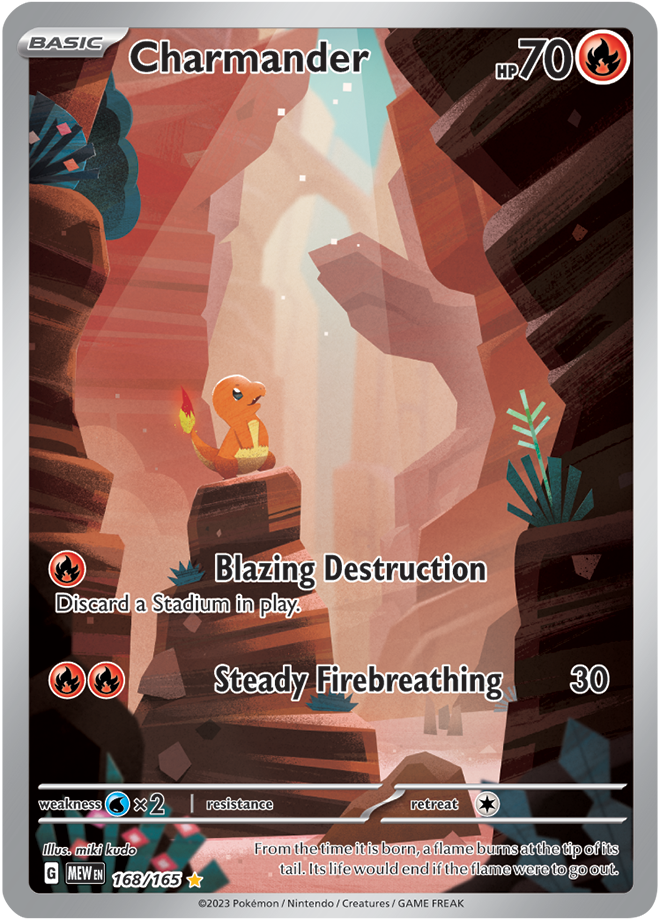
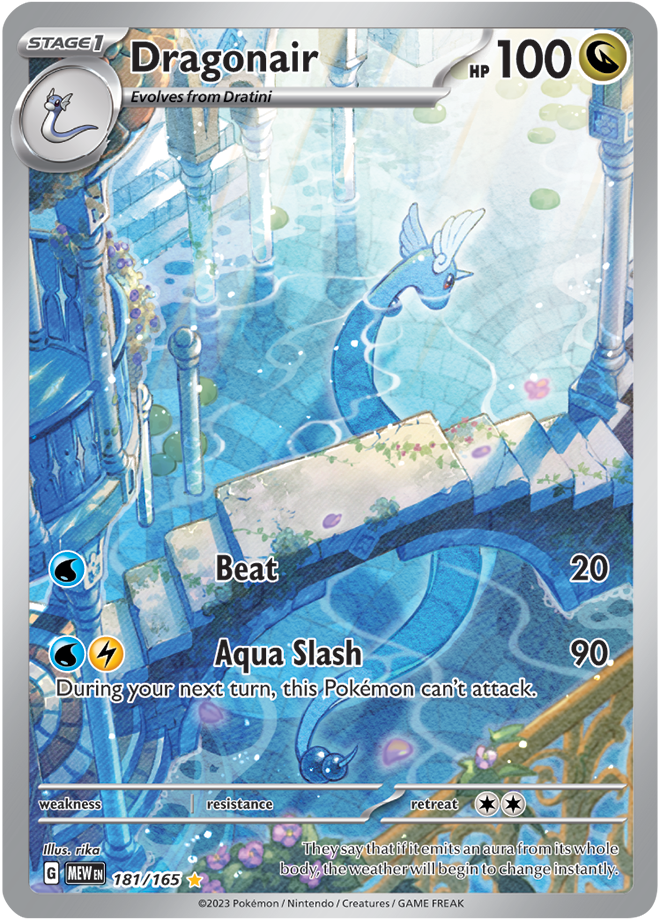
Special Illustration Rare
Special Illustration Rare cards are marked by two gold stars in the bottom left corner. Though technically not the most rare cards from a set, these are usually the most valuable cards from a set.
These cards are made up of two categories:
- Alternate Illustration Arts of Pokemon EX Cards
- Alterante Illustration Varients of Full Art Trainers
These cards are often referred to as the chase cards, as the art style and rarity of the cards builds the value of the cards.
As with other rarities discussed previously, the popularity of the Pokemon or Trainer has a huge impact on the value of the card. Final evolutions of Starter Pokemon, Legendary Pokemon, and evolutions of the highly popular Eevee are generally considered to be the most valuable of these card types.
Special Illustration Rare Examples
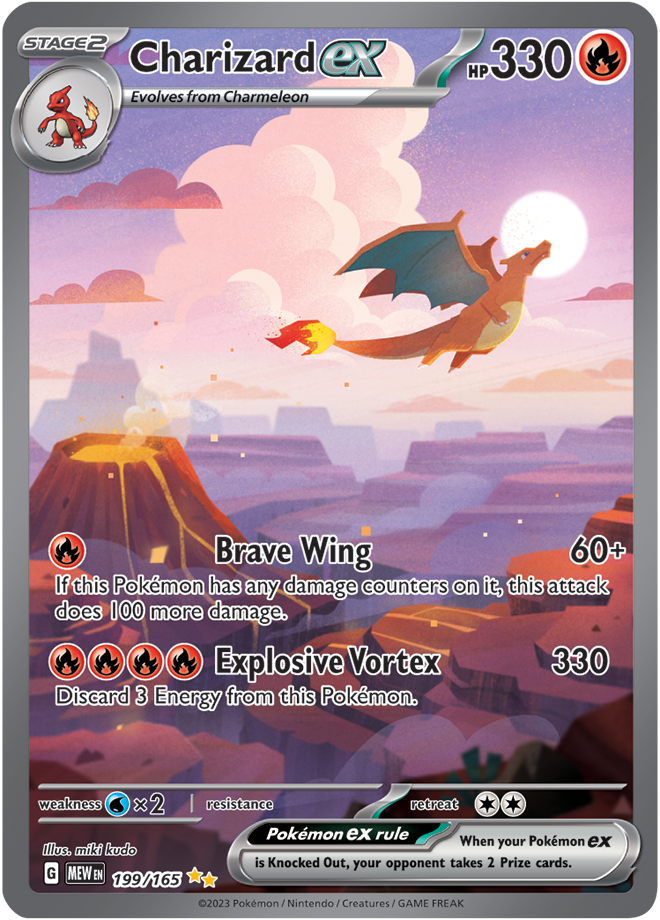
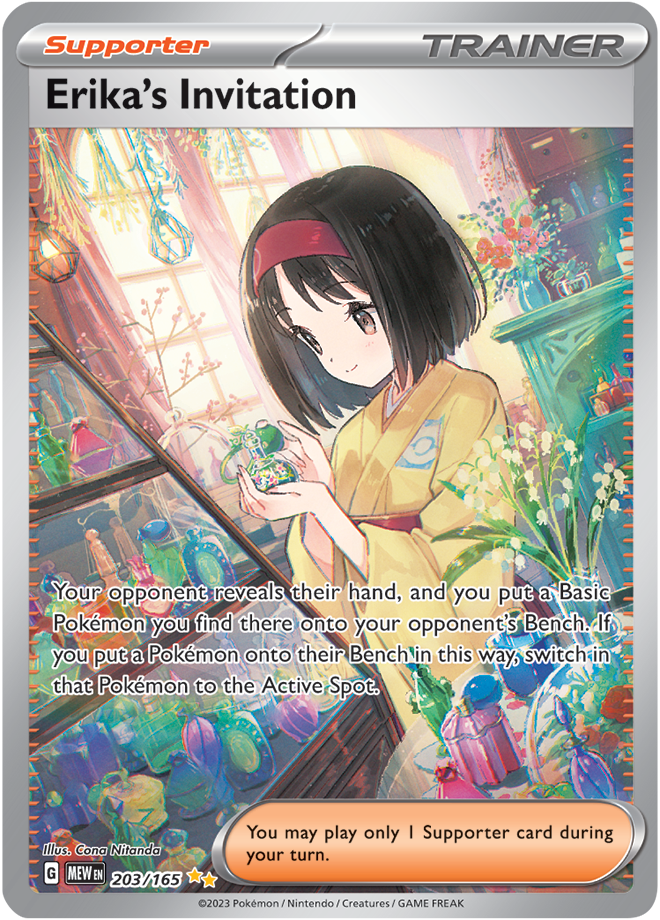
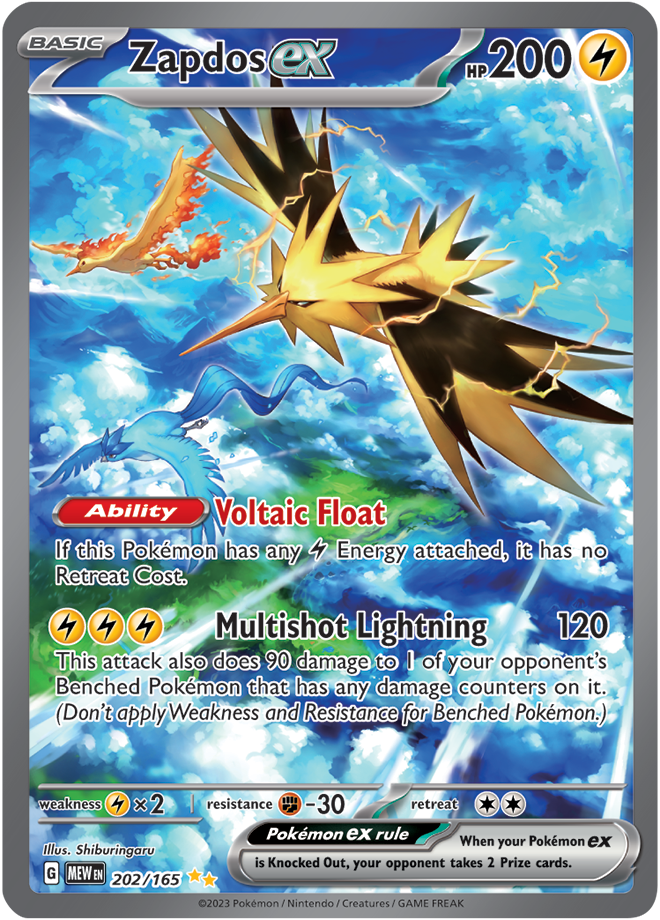
Hyper Rare
Hyper Rare cards are marked with a set of three stars in the bottom left corner. These cards are generally gold in color and are technically the rarest cards in a Pokemon set, but are often not as highly valued as Special Illustration Rare cards.
The value of these cards is a bit of an anomaly, as it ditches the trend of increased value with increased rarity. As a general rule, the value of our top three card rarities are as follows:
Illustration Rare < Hyper Rare < Special Illustration Rare
This trend can however change, with popular Pokemon on Hyper Rares surpassing some Special Illustration Rares, and highly popular Pokemon on Illustration Rares surpassing some less popular Hyper Rare cards.
Hyper Rare Examples
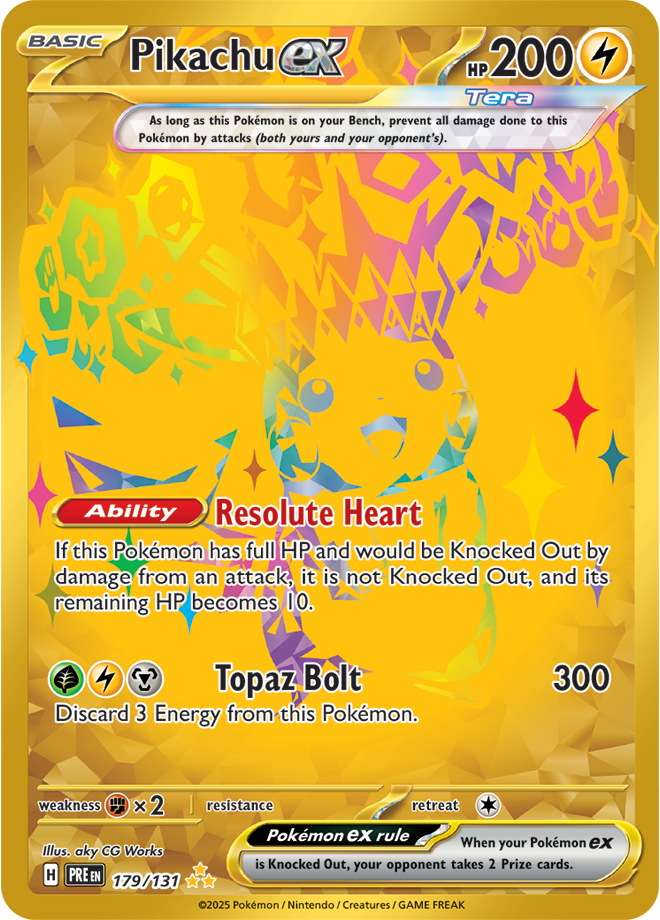
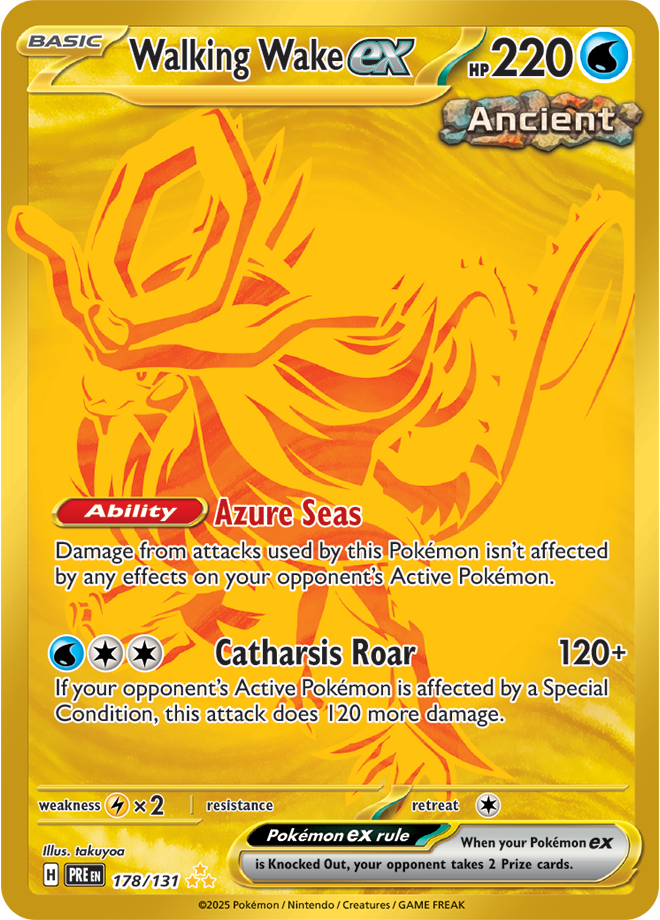
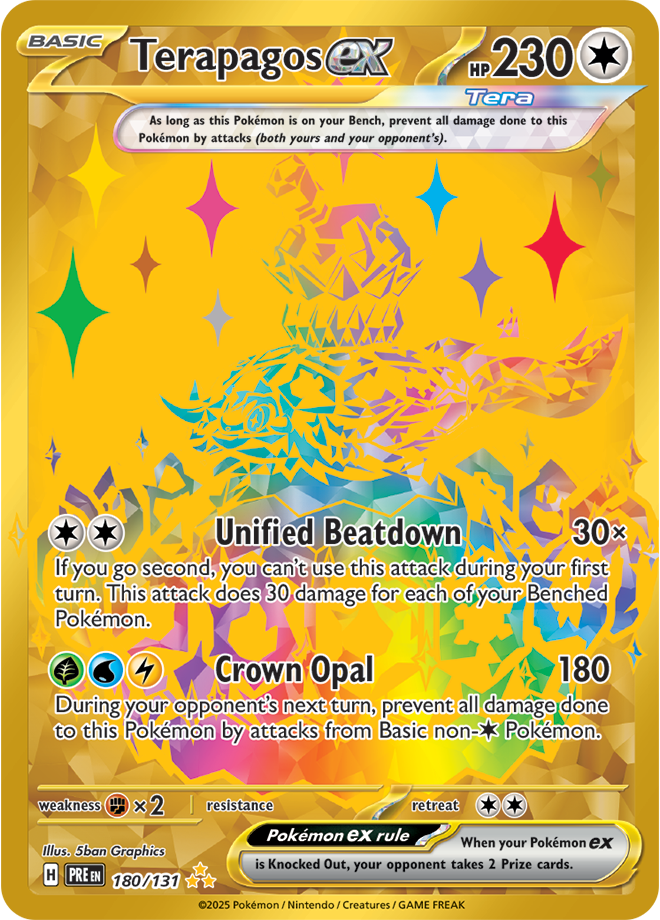
Reverse Holo, Pokeball, & Masterball Variants
Every Pokemon pack is guaranteed to receive a card type commonly known as a Reverse Holo. Named for it's shiny foiling outside of the art box, these cards are slightly more valuable variants of other standard cards in the set.
These cards are limited to the base Pokemon, you won't find Reverse Holo EX Pokemon. Though finding a reverse holo variant is a rarity bump for these common cards, it does not carry a significant value bump unless the card is highly sought after in competitive play.
In the most recent Pokemon set, Prismatic Evolutions, the Pokemon TCG introduced a new card type to their English sets. Pokeball and Masterball Variants have been staples of the Japanese products, but are now being introduced to the English Sets.
In the background of the ability section of these cards, you will notice an embossed version of either a Pokeball or a Masterball. Though these variants are Reverse Holo cards, there value is significantly higher due to their increased rarity.
The value of these cards can disrupt the standard valuation of these reverse holo cards. For example, at the time of writing a Masterball Umbreon card from the Prismatic Evolutions set is in the top 10 most valuable cards from the set.
As a general rule, you can think about the rarity and value of this reverse holo family of cards as follows:
Reverse Holo < Pokeball Variant < Masterball Variant
Reverse Holo, Pokeball, & Masterball Varient Examples



Final Thoughts
Hopefully you now have a bit better understanding of the current state of Pokemon card rarities. There is just one final valuation equation you need to remember. This will help ensure you get maximum satisfaction from your collection:
Cards You Love > Monetary Value
Happy Collecting!



Ultra Rare cards are the first rarity where we start to use the term "full art". The art for these cards expands beyond the typical rectangle boundary you see on lower rarity cards. Ultra Rare cards are marked with two silver stars.
These cards generally fall into two categories:
- Alternate EX Art Styles
- Full Art Trainer Cards
These cards can start to generate some real value for collectors. However, this value is heavily subjective, impacted by the feelings the fan base has around the depicted Pokemon or Trainer. You can think about this as yet another value multiplier factor:
Base Card Value Due to Rarity x Popularity of Character = Total Card ValueUltra Rare Examples






Illustration Rare cards are marked by a single gold star and begin to mark the real chase cards of a Pokemon set.
Illustration Rare cards are full art variants of other standard Pokemon cards in the set. These will not include EX cards or trainers and are generally less powerful cards.
These cards can start to be very valuable, depending on the Pokemon depicted. Again, popularity has a major impact on the card value. Starter Pokemon from various regions are often highly valued.
Illustration Rare Examples



Special Illustration Rare
Special Illustration Rare cards are marked by two gold stars in the bottom left corner. Though technically not the most rare cards from a set, these are usually the most valuable cards from a set.
These cards are made up of two categories:
- Alternate Illustration Arts of Pokemon EX Cards
- Alterante Illustration Varients of Full Art Trainers
These cards are often referred to as the chase cards, as the art style and rarity of the cards builds the value of the cards.
As with other rarities discussed previously, the popularity of the Pokemon or Trainer has a huge impact on the value of the card. Final evolutions of Starter Pokemon, Legendary Pokemon, and evolutions of the highly popular Eevee are generally considered to be the most valuable of these card types.
Special Illustration Rare Examples



Hyper Rare
Hyper Rare cards are marked with a set of three stars in the bottom left corner. These cards are generally gold in color and are technically the rarest cards in a Pokemon set, but are often not as highly valued as Special Illustration Rare cards.
The value of these cards is a bit of an anomaly, as it ditches the trend of increased value with increased rarity. As a general rule, the value of our top three card rarities are as follows:
Illustration Rare < Hyper Rare < Special Illustration Rare
This trend can however change, with popular Pokemon on Hyper Rares surpassing some Special Illustration Rares, and highly popular Pokemon on Illustration Rares surpassing some less popular Hyper Rare cards.
Hyper Rare Examples



Reverse Holo, Pokeball, & Masterball Variants
Every Pokemon pack is guaranteed to receive a card type commonly known as a Reverse Holo. Named for it's shiny foiling outside of the art box, these cards are slightly more valuable variants of other standard cards in the set.
These cards are limited to the base Pokemon, you won't find Reverse Holo EX Pokemon. Though finding a reverse holo variant is a rarity bump for these common cards, it does not carry a significant value bump unless the card is highly sought after in competitive play.
In the most recent Pokemon set, Prismatic Evolutions, the Pokemon TCG introduced a new card type to their English sets. Pokeball and Masterball Variants have been staples of the Japanese products, but are now being introduced to the English Sets.
In the background of the ability section of these cards, you will notice an embossed version of either a Pokeball or a Masterball. Though these variants are Reverse Holo cards, there value is significantly higher due to their increased rarity.
The value of these cards can disrupt the standard valuation of these reverse holo cards. For example, at the time of writing a Masterball Umbreon card from the Prismatic Evolutions set is in the top 10 most valuable cards from the set.
As a general rule, you can think about the rarity and value of this reverse holo family of cards as follows:
Reverse Holo < Pokeball Variant < Masterball Variant
Reverse Holo, Pokeball, & Masterball Varient Examples



Final Thoughts
Hopefully you now have a bit better understanding of the current state of Pokemon card rarities. There is just one final valuation equation you need to remember. This will help ensure you get maximum satisfaction from your collection:
Cards You Love > Monetary Value
Happy Collecting!



Special Illustration Rare cards are marked by two gold stars in the bottom left corner. Though technically not the most rare cards from a set, these are usually the most valuable cards from a set.
These cards are made up of two categories:
- Alternate Illustration Arts of Pokemon EX Cards
- Alterante Illustration Varients of Full Art Trainers
These cards are often referred to as the chase cards, as the art style and rarity of the cards builds the value of the cards.
As with other rarities discussed previously, the popularity of the Pokemon or Trainer has a huge impact on the value of the card. Final evolutions of Starter Pokemon, Legendary Pokemon, and evolutions of the highly popular Eevee are generally considered to be the most valuable of these card types.
Special Illustration Rare Examples



Hyper Rare
Hyper Rare cards are marked with a set of three stars in the bottom left corner. These cards are generally gold in color and are technically the rarest cards in a Pokemon set, but are often not as highly valued as Special Illustration Rare cards.
The value of these cards is a bit of an anomaly, as it ditches the trend of increased value with increased rarity. As a general rule, the value of our top three card rarities are as follows:
Illustration Rare < Hyper Rare < Special Illustration Rare
This trend can however change, with popular Pokemon on Hyper Rares surpassing some Special Illustration Rares, and highly popular Pokemon on Illustration Rares surpassing some less popular Hyper Rare cards.
Hyper Rare Examples



Reverse Holo, Pokeball, & Masterball Variants
Every Pokemon pack is guaranteed to receive a card type commonly known as a Reverse Holo. Named for it's shiny foiling outside of the art box, these cards are slightly more valuable variants of other standard cards in the set.
These cards are limited to the base Pokemon, you won't find Reverse Holo EX Pokemon. Though finding a reverse holo variant is a rarity bump for these common cards, it does not carry a significant value bump unless the card is highly sought after in competitive play.
In the most recent Pokemon set, Prismatic Evolutions, the Pokemon TCG introduced a new card type to their English sets. Pokeball and Masterball Variants have been staples of the Japanese products, but are now being introduced to the English Sets.
In the background of the ability section of these cards, you will notice an embossed version of either a Pokeball or a Masterball. Though these variants are Reverse Holo cards, there value is significantly higher due to their increased rarity.
The value of these cards can disrupt the standard valuation of these reverse holo cards. For example, at the time of writing a Masterball Umbreon card from the Prismatic Evolutions set is in the top 10 most valuable cards from the set.
As a general rule, you can think about the rarity and value of this reverse holo family of cards as follows:
Reverse Holo < Pokeball Variant < Masterball Variant
Reverse Holo, Pokeball, & Masterball Varient Examples



Final Thoughts
Hopefully you now have a bit better understanding of the current state of Pokemon card rarities. There is just one final valuation equation you need to remember. This will help ensure you get maximum satisfaction from your collection:
Cards You Love > Monetary Value
Happy Collecting!



Hyper Rare cards are marked with a set of three stars in the bottom left corner. These cards are generally gold in color and are technically the rarest cards in a Pokemon set, but are often not as highly valued as Special Illustration Rare cards.
The value of these cards is a bit of an anomaly, as it ditches the trend of increased value with increased rarity. As a general rule, the value of our top three card rarities are as follows:
Illustration Rare < Hyper Rare < Special Illustration RareThis trend can however change, with popular Pokemon on Hyper Rares surpassing some Special Illustration Rares, and highly popular Pokemon on Illustration Rares surpassing some less popular Hyper Rare cards.
Hyper Rare Examples



Reverse Holo, Pokeball, & Masterball Variants
Every Pokemon pack is guaranteed to receive a card type commonly known as a Reverse Holo. Named for it's shiny foiling outside of the art box, these cards are slightly more valuable variants of other standard cards in the set.
These cards are limited to the base Pokemon, you won't find Reverse Holo EX Pokemon. Though finding a reverse holo variant is a rarity bump for these common cards, it does not carry a significant value bump unless the card is highly sought after in competitive play.
In the most recent Pokemon set, Prismatic Evolutions, the Pokemon TCG introduced a new card type to their English sets. Pokeball and Masterball Variants have been staples of the Japanese products, but are now being introduced to the English Sets.
In the background of the ability section of these cards, you will notice an embossed version of either a Pokeball or a Masterball. Though these variants are Reverse Holo cards, there value is significantly higher due to their increased rarity.
The value of these cards can disrupt the standard valuation of these reverse holo cards. For example, at the time of writing a Masterball Umbreon card from the Prismatic Evolutions set is in the top 10 most valuable cards from the set.
As a general rule, you can think about the rarity and value of this reverse holo family of cards as follows:
Reverse Holo < Pokeball Variant < Masterball Variant
Reverse Holo, Pokeball, & Masterball Varient Examples



Final Thoughts
Hopefully you now have a bit better understanding of the current state of Pokemon card rarities. There is just one final valuation equation you need to remember. This will help ensure you get maximum satisfaction from your collection:
Cards You Love > Monetary Value
Happy Collecting!



Every Pokemon pack is guaranteed to receive a card type commonly known as a Reverse Holo. Named for it's shiny foiling outside of the art box, these cards are slightly more valuable variants of other standard cards in the set.
These cards are limited to the base Pokemon, you won't find Reverse Holo EX Pokemon. Though finding a reverse holo variant is a rarity bump for these common cards, it does not carry a significant value bump unless the card is highly sought after in competitive play.
In the most recent Pokemon set, Prismatic Evolutions, the Pokemon TCG introduced a new card type to their English sets. Pokeball and Masterball Variants have been staples of the Japanese products, but are now being introduced to the English Sets.
In the background of the ability section of these cards, you will notice an embossed version of either a Pokeball or a Masterball. Though these variants are Reverse Holo cards, there value is significantly higher due to their increased rarity.
The value of these cards can disrupt the standard valuation of these reverse holo cards. For example, at the time of writing a Masterball Umbreon card from the Prismatic Evolutions set is in the top 10 most valuable cards from the set.
As a general rule, you can think about the rarity and value of this reverse holo family of cards as follows:
Reverse Holo < Pokeball Variant < Masterball VariantReverse Holo, Pokeball, & Masterball Varient Examples



Final Thoughts
Hopefully you now have a bit better understanding of the current state of Pokemon card rarities. There is just one final valuation equation you need to remember. This will help ensure you get maximum satisfaction from your collection:
Cards You Love > Monetary Value
Happy Collecting!



Hopefully you now have a bit better understanding of the current state of Pokemon card rarities. There is just one final valuation equation you need to remember. This will help ensure you get maximum satisfaction from your collection:
Cards You Love > Monetary Value
Happy Collecting!